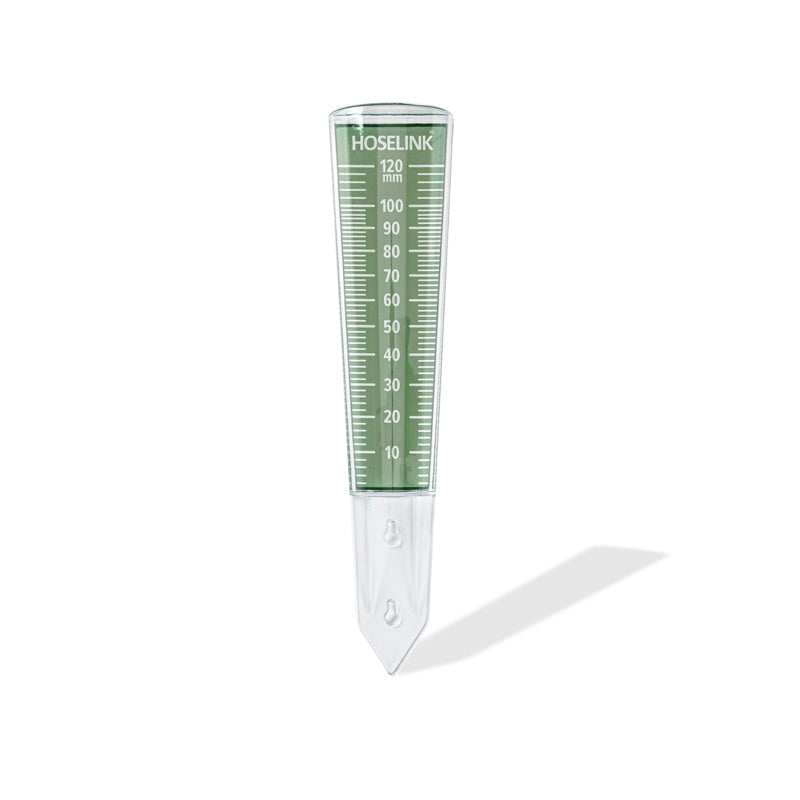The Benefits of Mounting an Accuracy Rain Gauge for Your Weather Station
Wiki Article
Revealing the Science Behind Rain Determines: Just How These Devices Play a Critical Role in Climate Research Study and Environmental Tracking
Rainfall evaluates, relatively basic devices, hold a profound importance in the realm of environment study and environmental monitoring. These humble instruments silently gather among nature's most crucial elements-- rains. Behind their unpretentious facade exists a complicated scientific research that is vital for understanding the dynamics of our setting. As we peel off back the layers of this scientific veil surrounding rainfall assesses, we reveal a globe where accuracy, information precision, and meticulous observation converge to unveil a much deeper understanding of our transforming environment and its influence on the world.Significance of Rain Scales
Rainfall determines play a vital function in monitoring and gauging precipitation degrees, supplying important data for environment study and evaluation. These devices are essential in quantifying the quantity of rainfall that takes place in a certain area over a particular period. By accumulating and measuring rain, rainfall evaluates deal valuable insights into the distribution and intensity of rainfall, assisting meteorologists, hydrologists, and climatologists in recognizing weather patterns and patterns.
Furthermore, long-lasting data collected from rainfall determines aids in assessing environment change influences and patterns, contributing significantly to scientific research and decision-making procedures. In essence, rain gauges offer as important devices in the field of meteorology and environmental science, playing a critical function in progressing our understanding of weather and climate characteristics.
Sorts Of Rainfall Scales

Capability and Operation
In the world of climate research and atmospheric research studies, the efficiency of rain gauges lies in their intricate functionality and specific functional systems. Rain determines are made to precisely measure the quantity of rainfall that tips over a specific area throughout a collection period. These tools generally contain a channel that accumulates rainwater and channels it right into a measuring tube. The determining tube is visit site marked with calibrated dimensions that permit for the precise metrology of rainfall.The functionality of rainfall determines is based on the principle of accumulating and measuring rainwater in a standard manner. This gathered information is essential for recognizing regional climate patterns, tracking long-term climate fads, and assessing ecological impacts. To make certain accurate measurements, rain assesses demand to be strategically positioned in open locations far from obstructions such as buildings or trees that can conflict with the collection procedure.
The operational element of rainfall determines involves regular maintenance to protect against particles build-up, calibration checks to maintain dimension precision, and data recording for analysis (rain gauge). In general, the capability and operation of rainfall assesses are essential for collecting trustworthy precipitation information vital Discover More Here to climate research and ecological surveillance
Duty in Environment Research
Given the vital significance of exact precipitation measurements in recognizing weather condition patterns and ecological effects, the duty of rain evaluates in climate research is essential. Rain evaluates give essential information for environment research by measuring the quantity of precipitation that drops over a details location throughout a provided period. This data is vital for keeping an eye on long-lasting our website fads in precipitation patterns, examining the influence of environment adjustment on rainfall distribution, and boosting environment models.
Environment scientists make use of data gathered from rain determines to assess variants in precipitation levels, recognize regional environment trends, and evaluate the performance of water resource monitoring techniques. By contrasting historic precipitation data with present dimensions, researchers can detect changes in precipitation patterns, such as changes in the frequency or strength of rains events. This details is important for understanding exactly how climate modification is affecting rainfall dynamics and can assist policymakers make notified choices regarding adjustment and reduction strategies.
Applications in Environmental Surveillance

In flooding projecting, rain scale information assists to track rains strength and circulation, allowing authorities to provide timely cautions and take essential actions to reduce flooding risks (rain gauge). Drought monitoring depends on rainfall scale data to examine wetness levels in the soil and track rainfall shortages, aiding in the recognition of drought-prone locations and the execution of dry spell reaction approaches
Additionally, rain scale information plays a vital function in water resource monitoring by offering information on water schedule and use fads. This information is used to make informed choices regarding water appropriation, conservation procedures, and lasting water resource planning. Furthermore, in farming, rainfall scale information assists farmers in optimizing watering timetables, plant choice, and total farm monitoring practices based upon neighborhood precipitation patterns. Overall, rain evaluates are vital devices in ecological surveillance, offering valuable insights that add to informed decision-making and sustainable resource management.
Verdict
To conclude, rainfall gauges are crucial tools for gauging precipitation, supplying useful data for environment research and environmental surveillance. With various types and functionalities, rain assesses play an essential function in comprehending precipitation patterns and their effect on the atmosphere. By accurately measuring rainfall, these devices add to the development of scientific knowledge and assistance in making informed choices pertaining to water resource management and disaster readiness.Rainfall evaluates play a crucial function in monitoring and measuring precipitation degrees, supplying vital data for climate research study and analysis. The basic rain scale, understood as the "tipping container" scale, is one of the most generally utilized devices. Ultrasonic rainfall evaluates use audio waves to find the presence of rainfall, supplying real-time data on rainfall levels.Environment researchers make use of data accumulated from rain gauges to examine variations in rainfall levels, determine regional environment trends, and review the efficiency of water resource administration strategies.In verdict, rain determines are essential tools for determining rainfall, offering useful information for climate research study and ecological surveillance.
Report this wiki page